Description
One of the rarer yet easier of the beautiful gentians to grow; a very bitter herb used in Tibetan medicine to stimulate digestive juices and increase appetite.
The majority of the 400 or so species that belong to the Gentiana genus – Tibetan gentian included – are mountain dwellers that thrive in the specific conditions and habitats found at high altitudes. Many of these gentians have a reputation for being very difficult to grow, especially when starting from seed.
Tibetan gentian is relatively easy to germinate and quite forgiving of the varied conditions of our low-altitude herb gardens in the UK. It is a striking plant with large glossy leaves that grows to around 60cm tall, producing greenish-white trumpet-shaped flowers. It can be grown in full sun or in the shade, but is probably happiest somewhere in the middle. Like most gentians, it prefers moist but well-drained soils.
You will need to be patient though; it is a slow grower and if you are planning to harvest its bitter roots you will need to wait at least two, ideally three years. Make sure you keep sowing new plants every year, as you won’t want to uproot these beautiful plants after you have spent three years watching them grow!


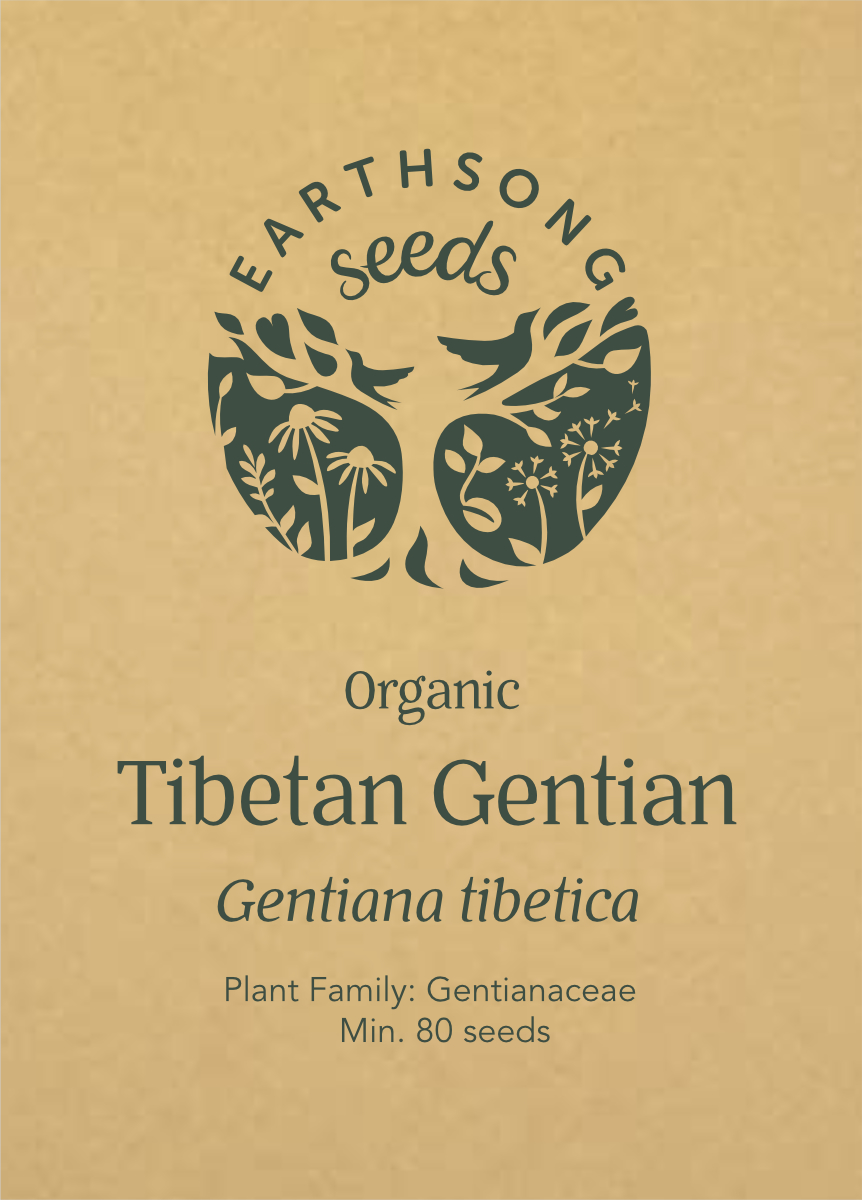
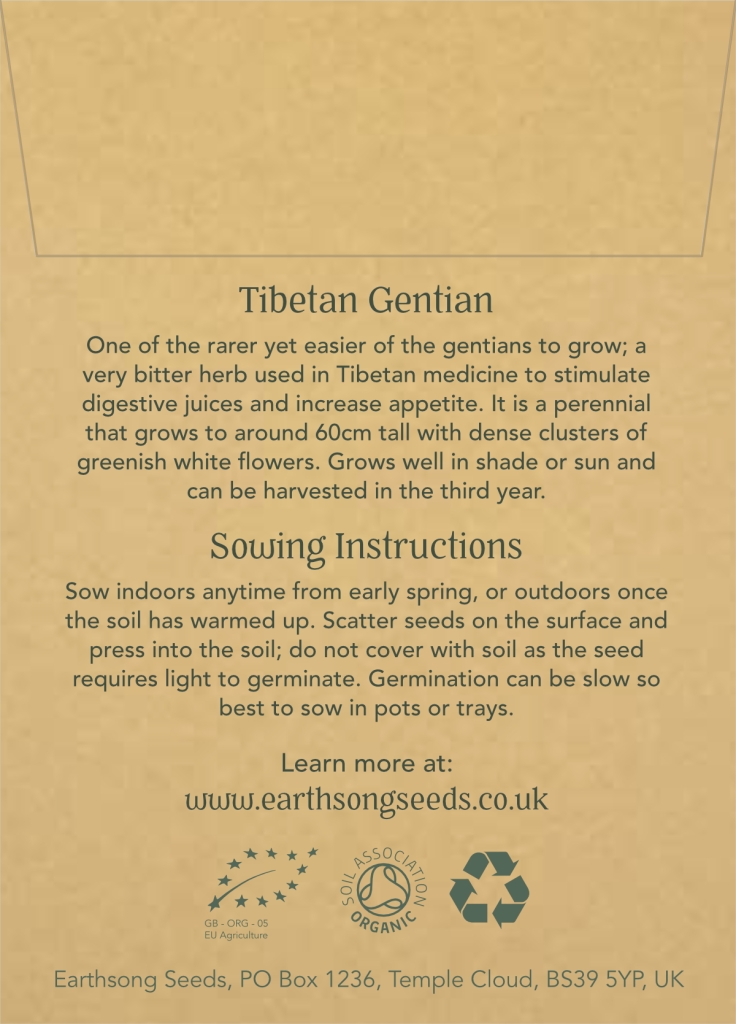
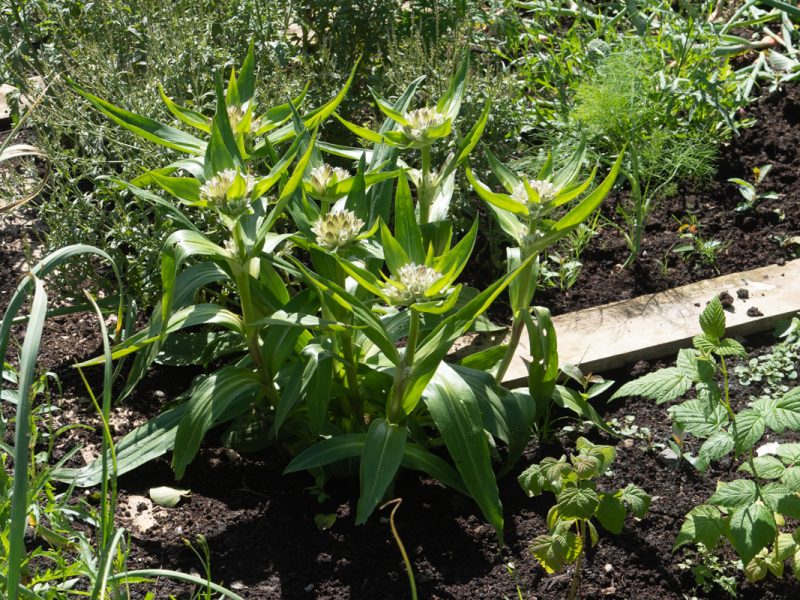
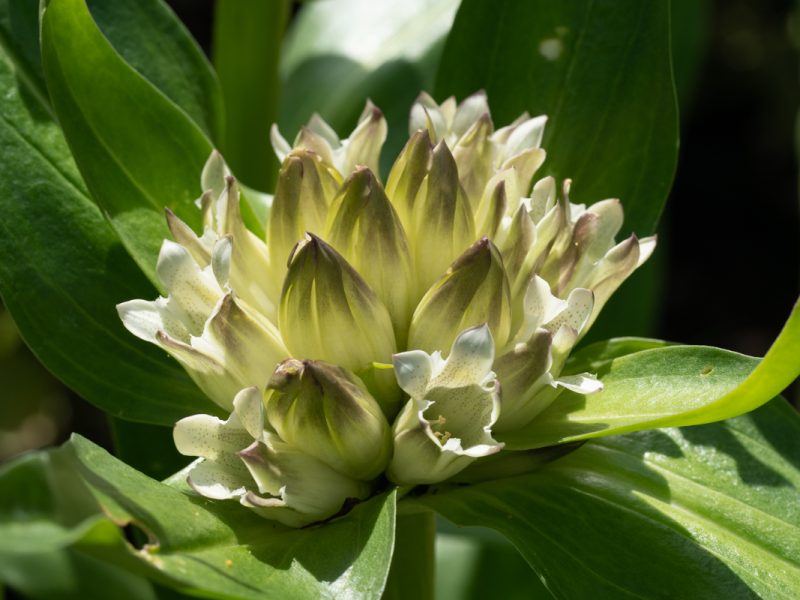
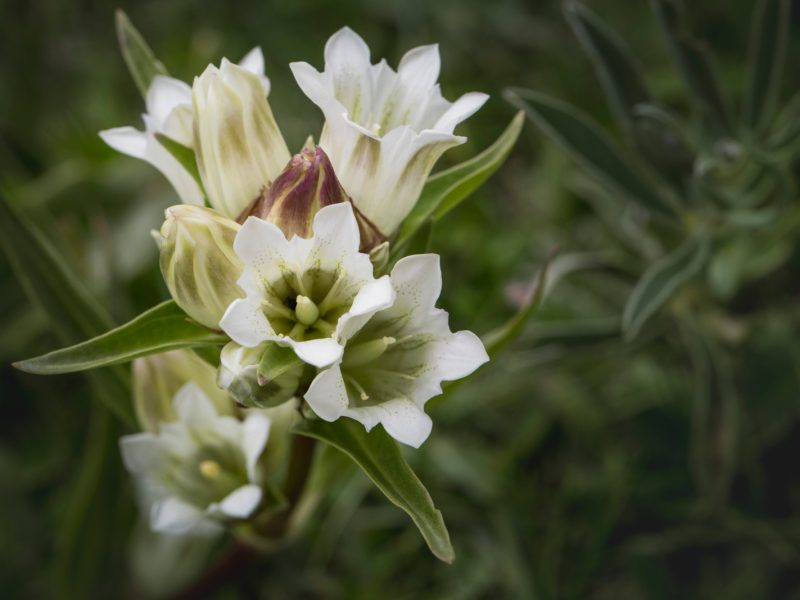
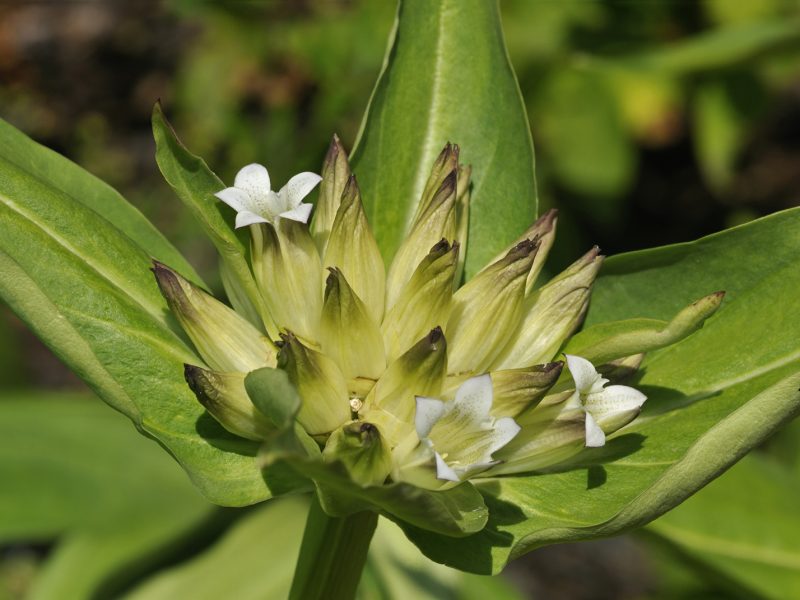
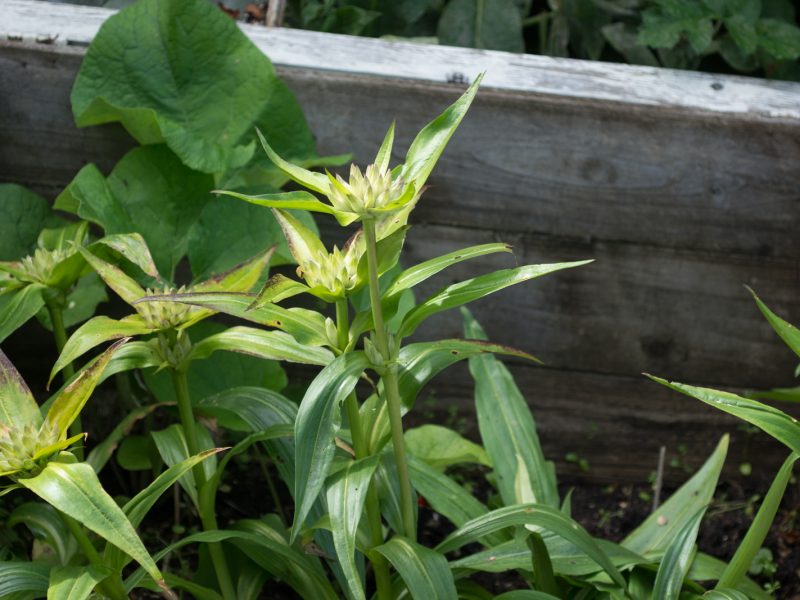
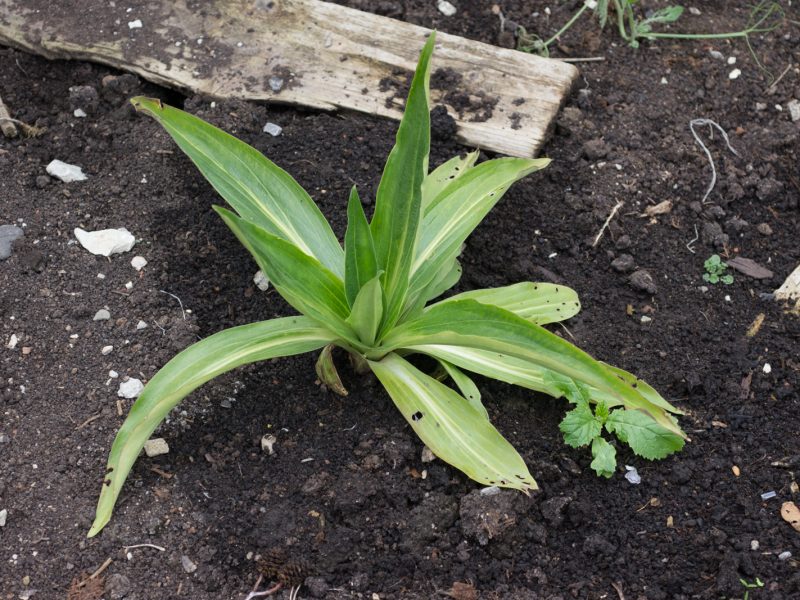
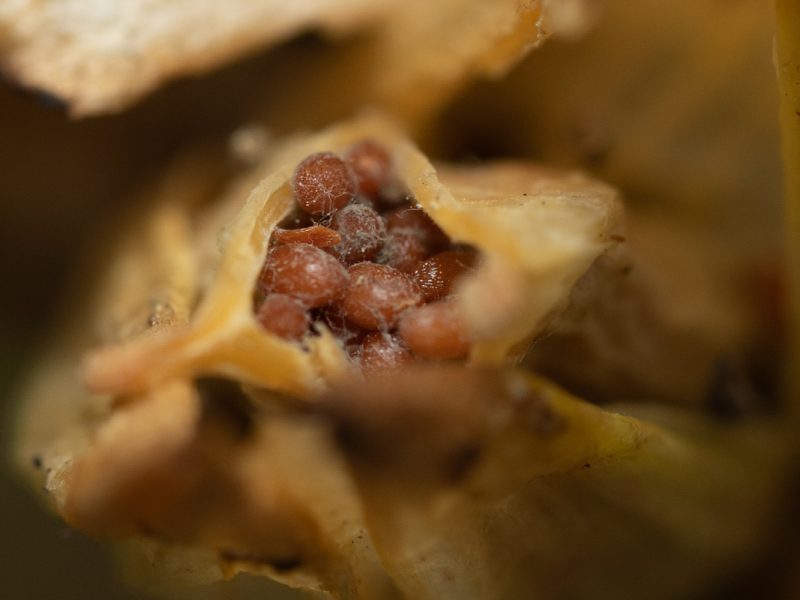




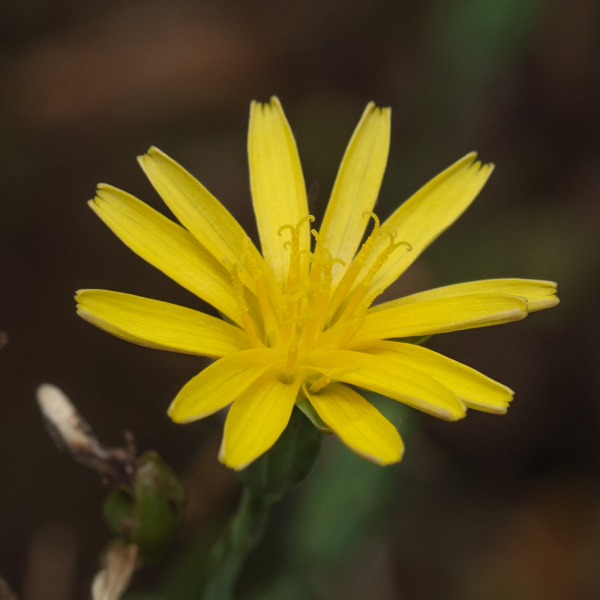

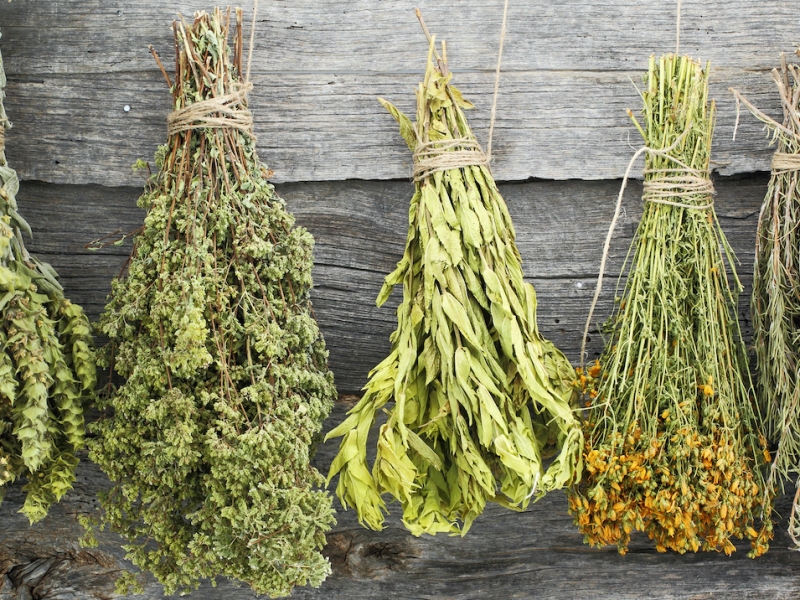


Reviews
There are no reviews yet.